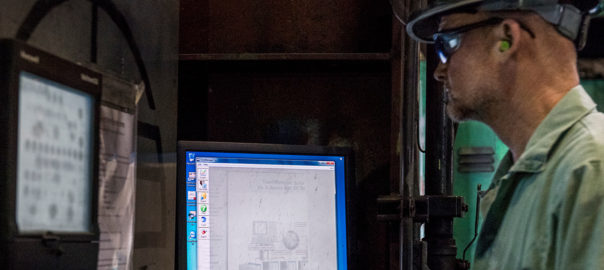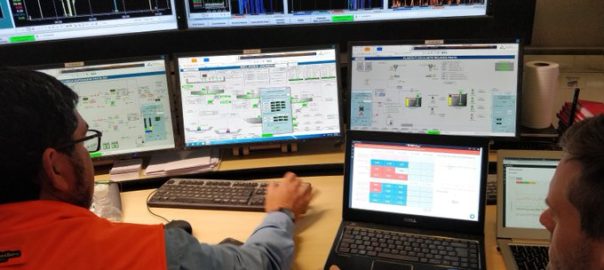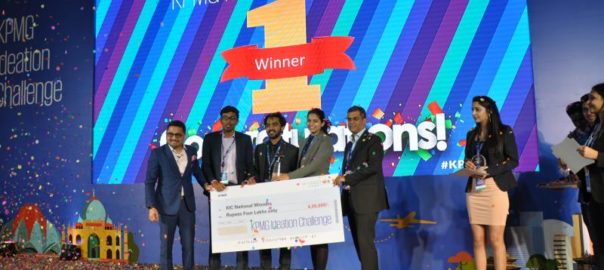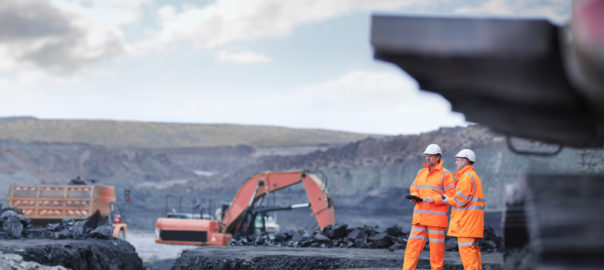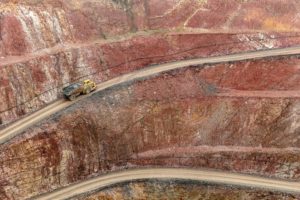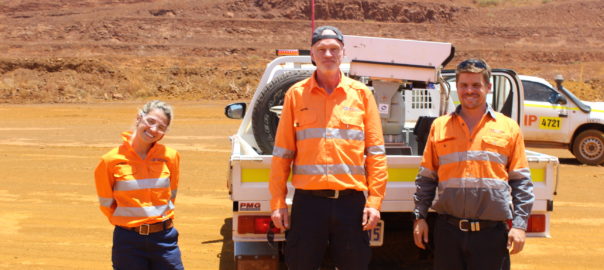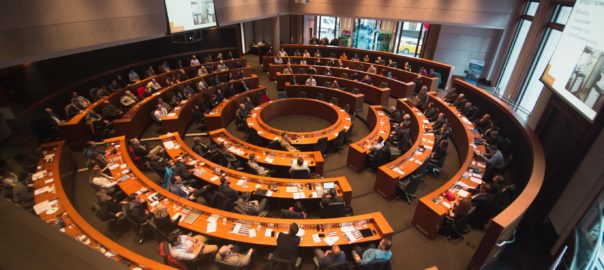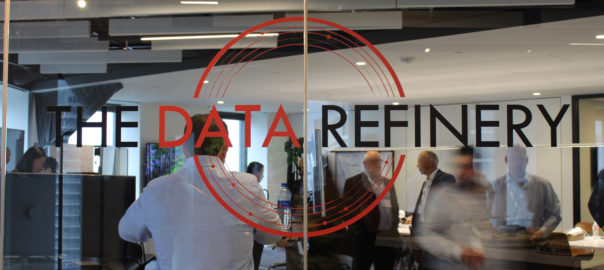SensOre says it has welcomed a wholly-owned subsidiary of BHP as a client for its Data Cube and Discriminant Predictive Targeting® (DPT®) technology.
SensOre and BHP reached agreement on a Letter of Intent in May 2020 and confirmed this in a Joint-Targeting Agreement (JTA) on September 18, SensOre said.
The JTA envisages a phased process training the DPT technology on commodity-specific deposit types and applying the knowledge gained to a pre-determined search space. SensOre stands to benefit through fees for the targeting exercise and potential success-based payments on certain discoveries resulting from the technology, it explained.
Richard Taylor, CEO of SensOre, said: “The JTA is a very positive development for SensOre that has come to fruition over many months of discussion.
“The vast data challenge of cleaning and integrating massive geoscience datasets has in the past been an obstacle to applying big data and machine learning advances to mineral exploration. Through agreements like this, we believe SensOre’s DPT technology will be part of a new wave of discovery in mature markets.”
SensOre aims to become the top performing minerals targeting company in the world through the deployment of artificial intelligence and machine-learning technologies, specifically its DPT workflow. SensOre collects all available geological information in a terrane and places it in a multi-dimensional hypercube or Data Cube, with its big data approach allowing DPT predictive analytics to accurately predict known endowment and generate targets for further discovery, it says.
SensOre recently committed to a joint project with the Commonwealth Scientific and Industrial Research Organisation looking at automation and efficiency in big data cleaning and processing solutions for the mineral resource sector.








